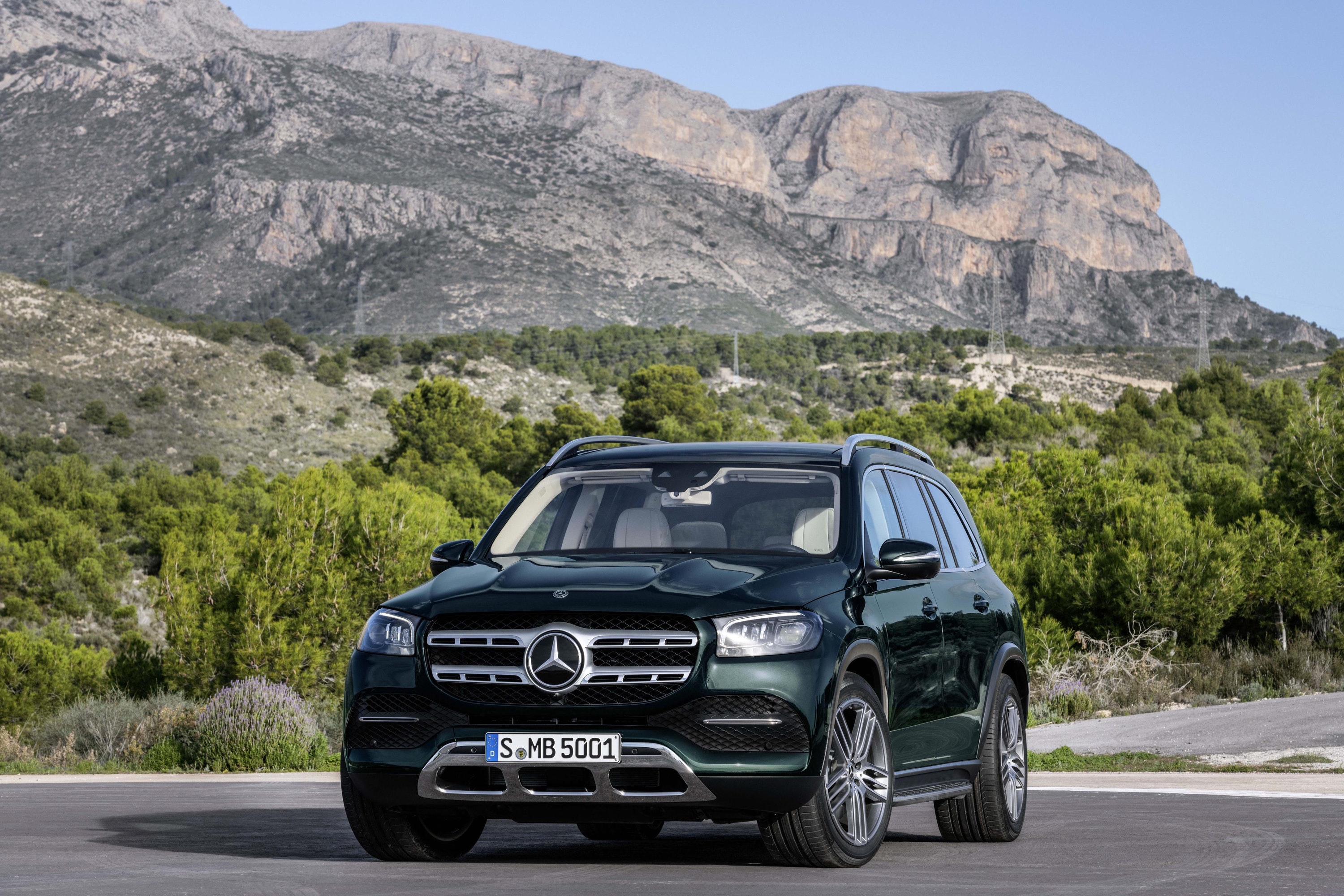For many buyers, practicality is one of the most important factors when buying a car, and a big boot is often top of the list.
If that’s the case for you, we’ve brought together cars with cavernous boots from a variety of segments, so even if you only have space for a hatchback but want to maximise cargo capacity, we’ve got you covered.
Skoda Fabia – 330 litres with the rear seats up / 1,150 with the rear seats down
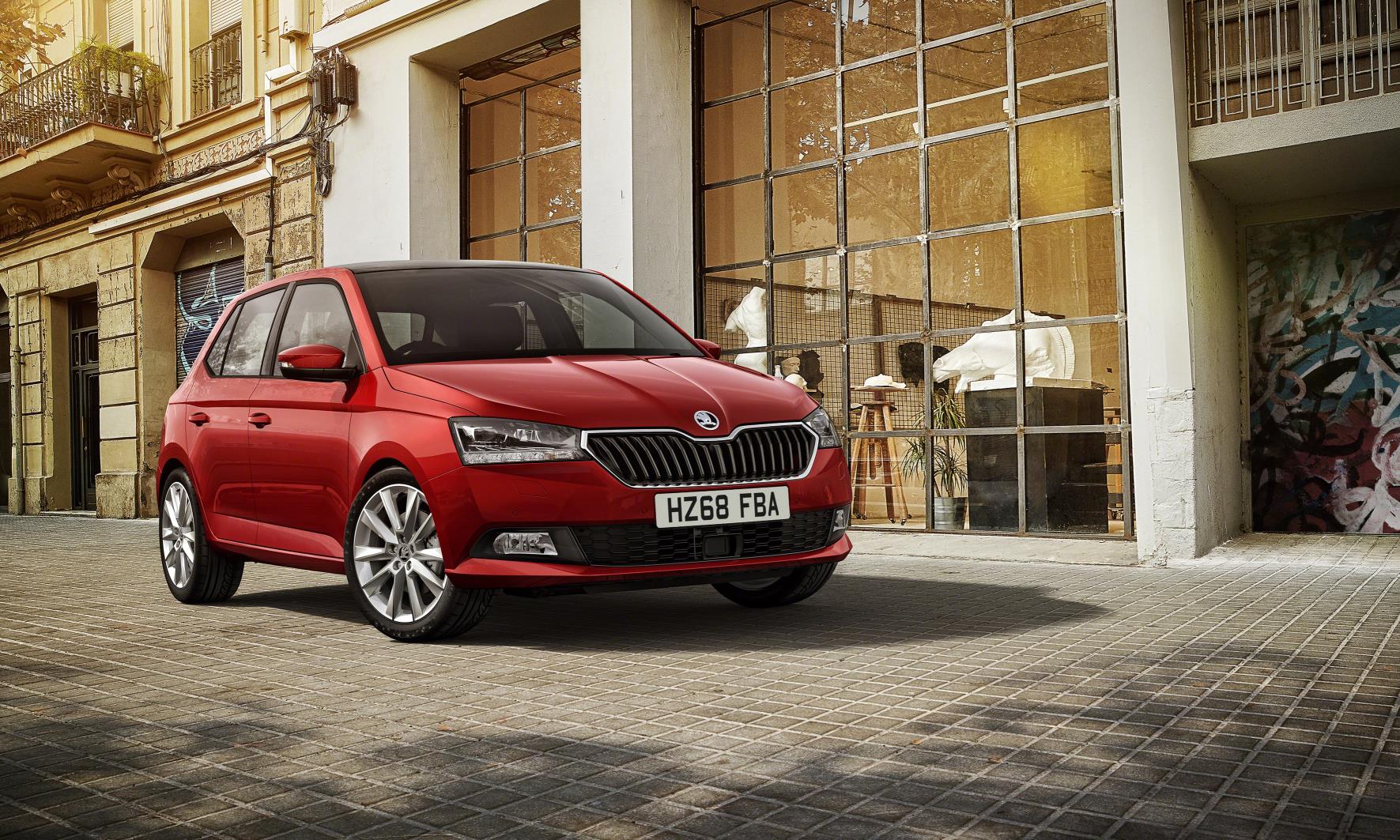
Considering Skoda’s ethos is to build the most practical cars possible, it’s no surprise that most of its cars are among the most practical in their segment. That’s particularly true of the Fabia, which offers cargo capacity similar to much bigger cars. Opt for the estate and there’s even more room – 530 litres with the rear seats up and 1,395 with them down.
Volkswagen Tiguan – 615 litres / 1,655 litres
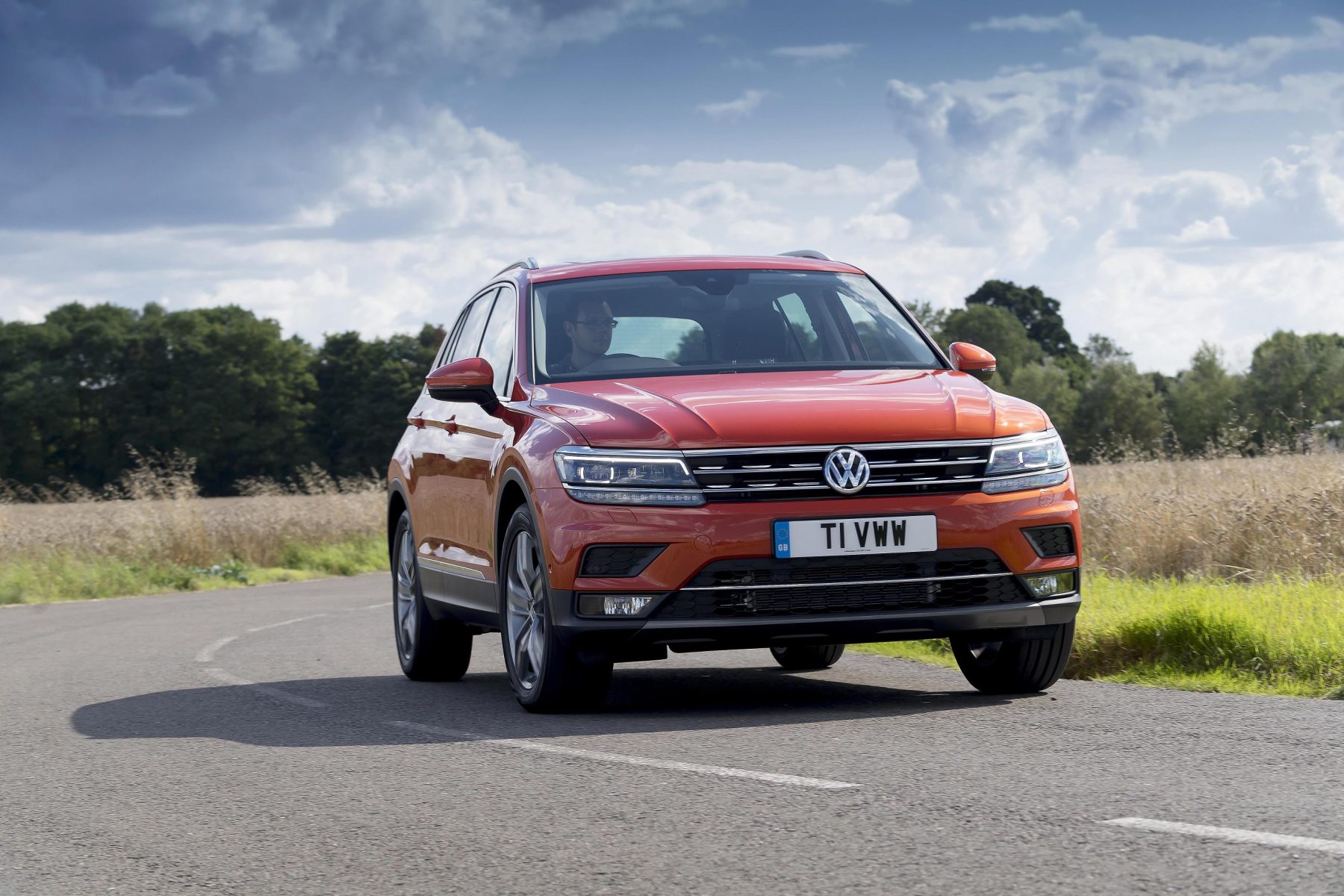
If you’re looking for an upmarket, stylish SUV that’s also super practical, look no further. It might look a little dull in lower trims and be more expensive than many rivals, but it offers excellent build quality, a wide variety of engine choices and a huge boot.
Peugeot 3008 – 591 litres / 1,670 litres
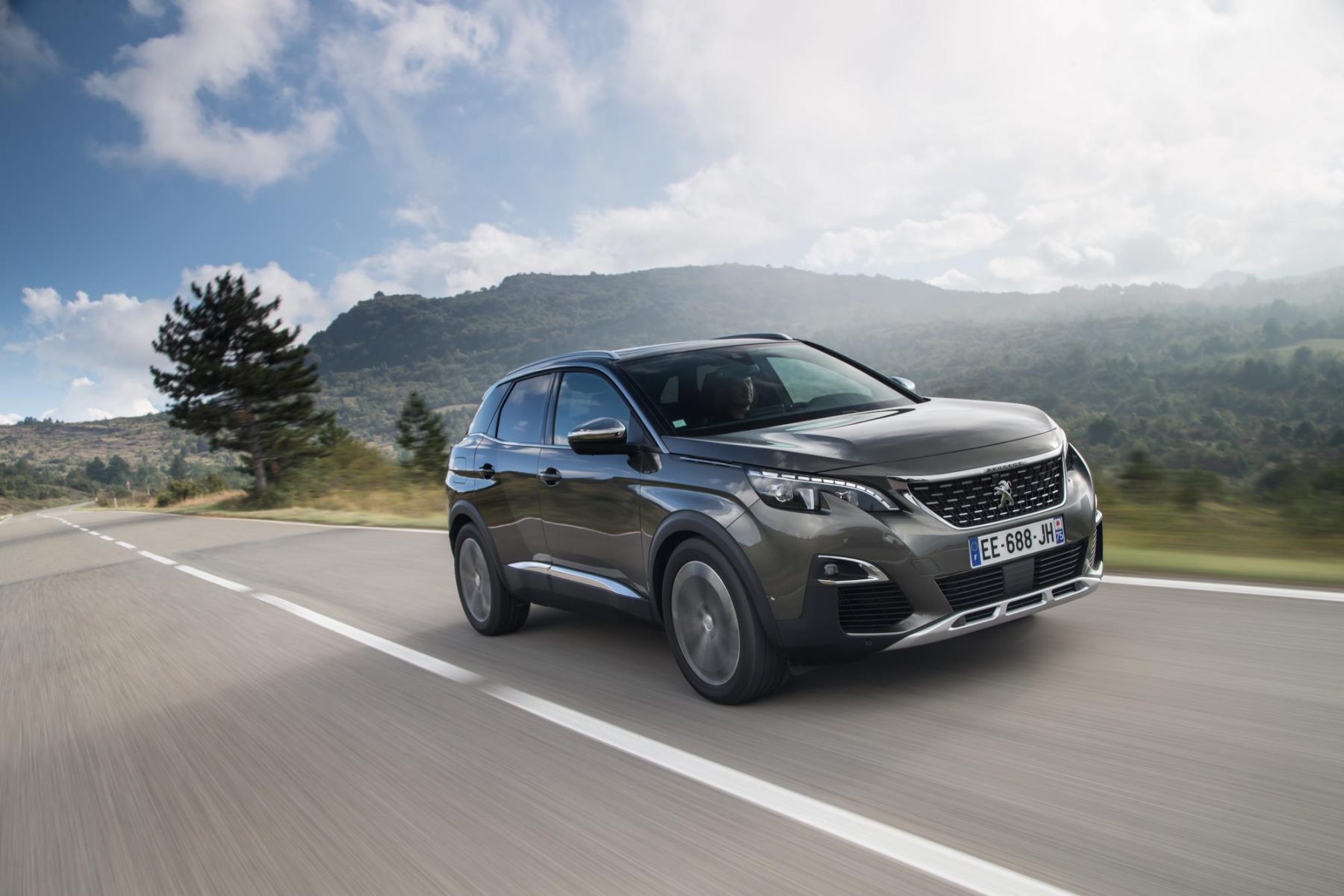
A compelling rival to the Tiguan, the 3008 is packed full of character that the Volkswagen can’t hope to match. Peugeot has really upped its game recently, particularly with the interior, which feels premium but with the practicality to make this both a head and a heart purchase.
Skoda Superb Estate – 660 litres / 1,950 litres

Another Skoda, the Superb has a simply massive boot. If you do a lot of city driving the Superb’s sheer size might be an issue, but for long-distance drivers who need space above all else, there can be few better options.
Mercedes-Benz E-Class Estate – 640 litres / 1,820 litres
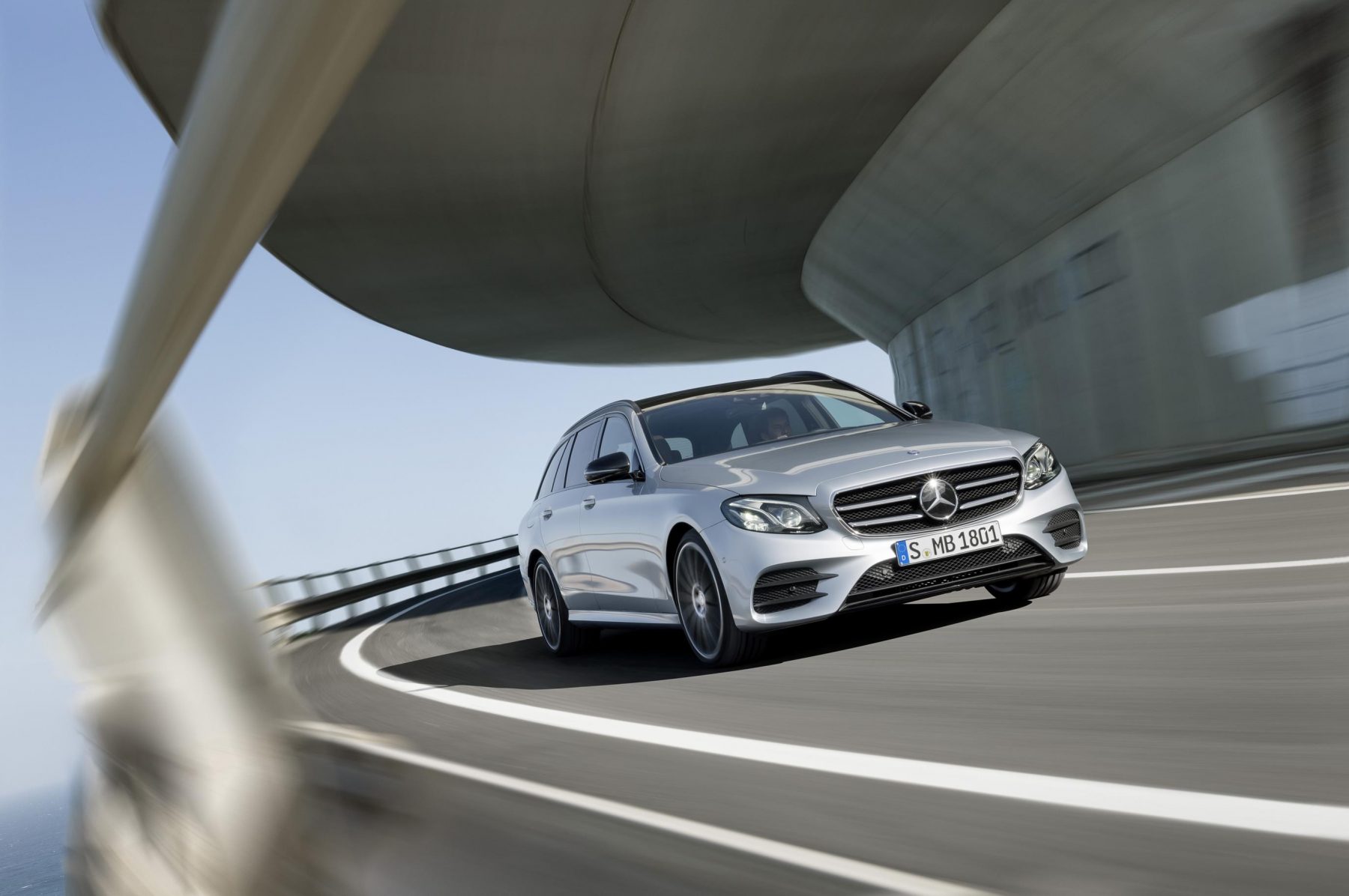
Want similar levels of practicality to the Skoda but a bit more badge appeal? Step forward the E-Class. It might be pricier, but the reward is a much nicer cabin with only a small compromise on space.
Ford Galaxy – 300 litres / 2,339 litres
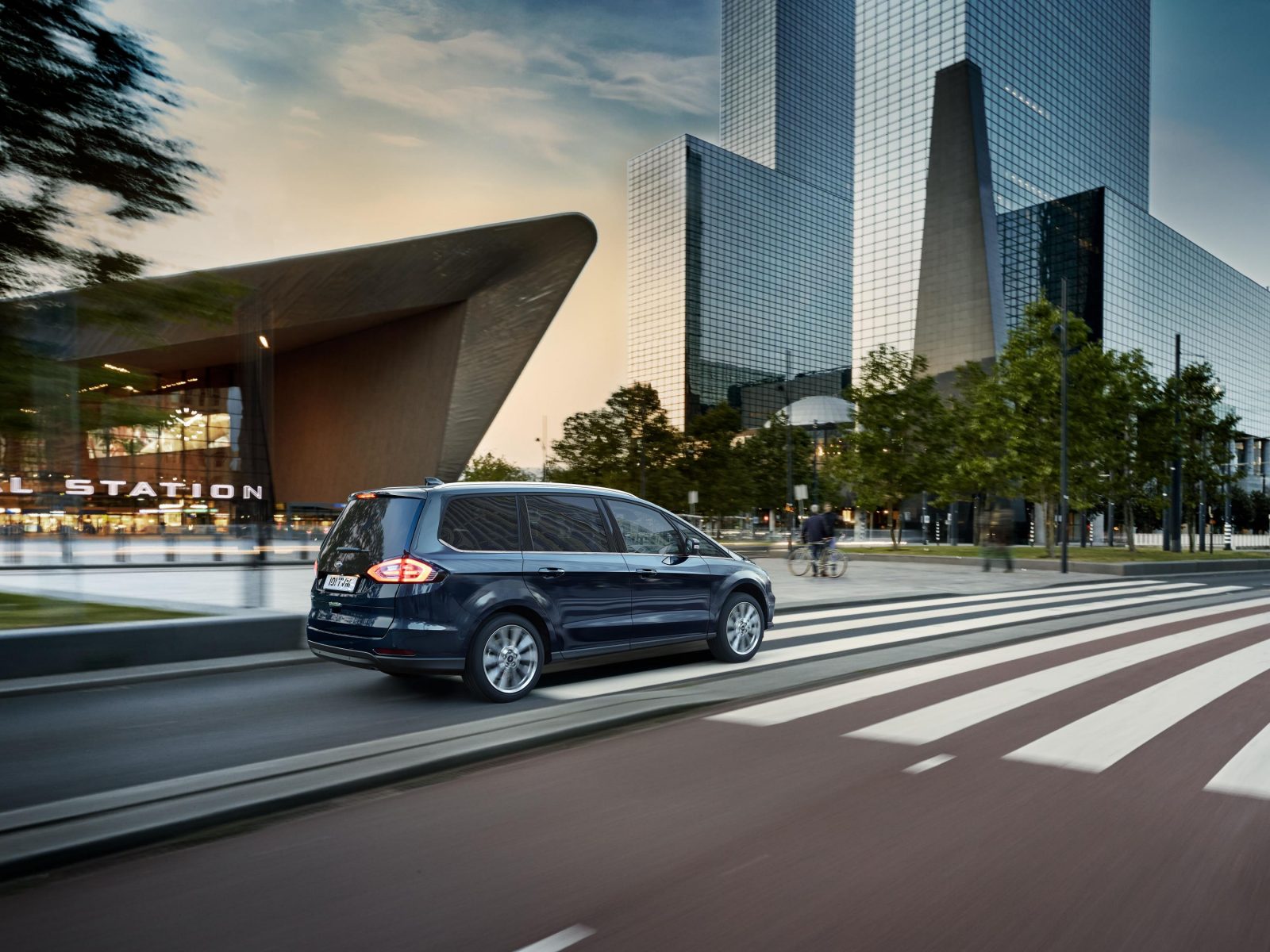
MPVs are the forgotten cars of today’s sales, but there’s still a place for vehicles like the Ford Galaxy. Its seats down space isn’t hugely impressive because it has that extra row of seats, but when you don’t have people in the back it can expand to offer a frankly van-like 2,339 litres.
SsangYong Tivoli XLV – 720 litres / 1,440 litres
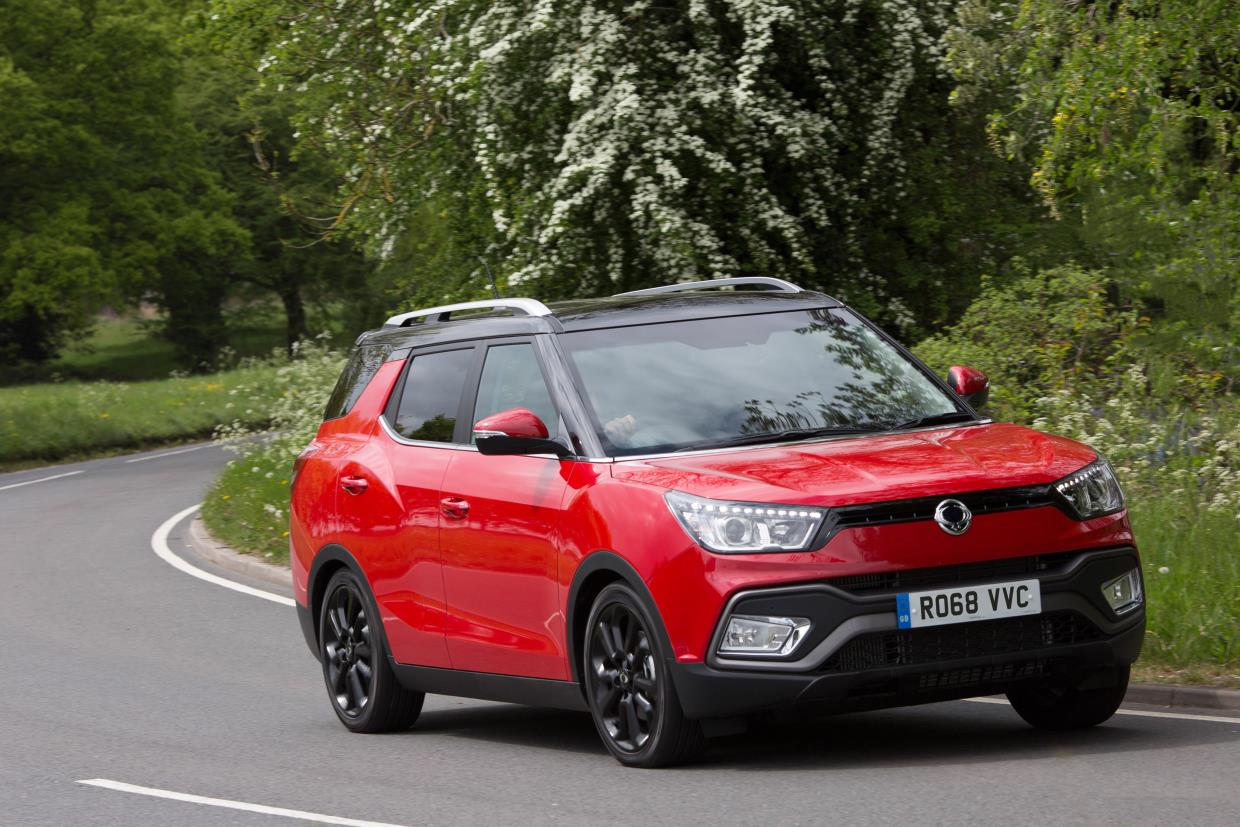
Easily the left-field choice in this list, niche car manufacturer SsangYong has been rapidly improving in recent years. The larger version of its mainstream crossover, the Tivoli XLV, is an enticing prospect based on affordability and practicality alone. It might not be quite as nice inside or to drive compared with rivals, but on top of loads of space, it’s cheap to buy and run and comes with great kit.
Audi Q7 – 770 litres / 1,955 litres
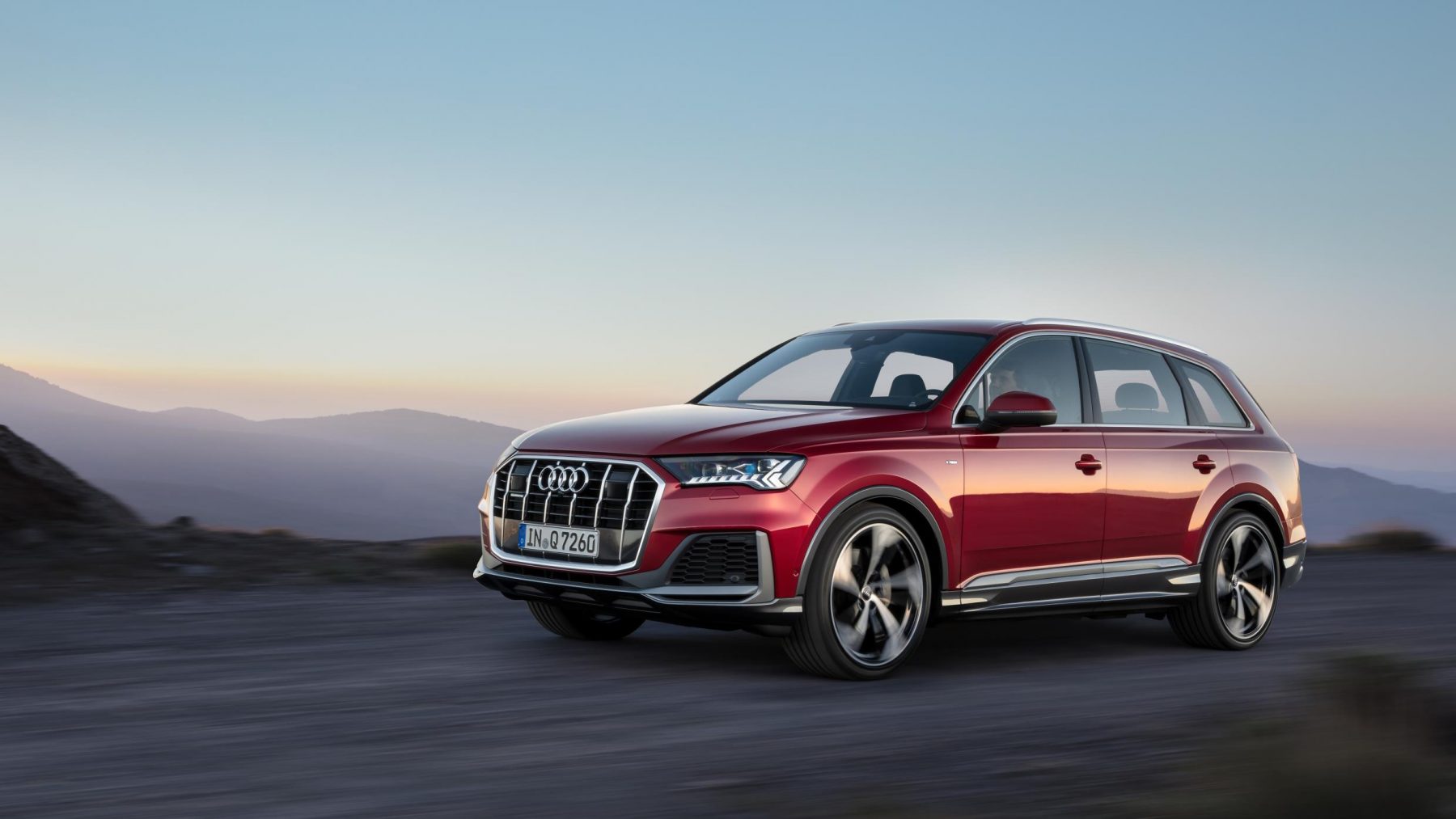
Easily one of the best seven-seaters in the market, the Q7 might be pricey but it’s up there with the best when it comes to luggage space. Even with the seats up you get a massive 770 litres, so you don’t need to worry about compromising between people and their stuff.
Mercedes-Benz GLS – 355 litres / 2,400 litres

While you could describe the GLS’s load-lugging ability as van-like, it would have to be one luxurious van. The GLS can do it all, being a genuine seven-seater with a lovely interior and fantastic on-road manners – though it’s certainly not cheap. Naturally, to make the most of the boot you’ll need to fold the third row down, but do so and few can match it for practicality.
Land Rover Discovery – 258 litres / 2,406 litres
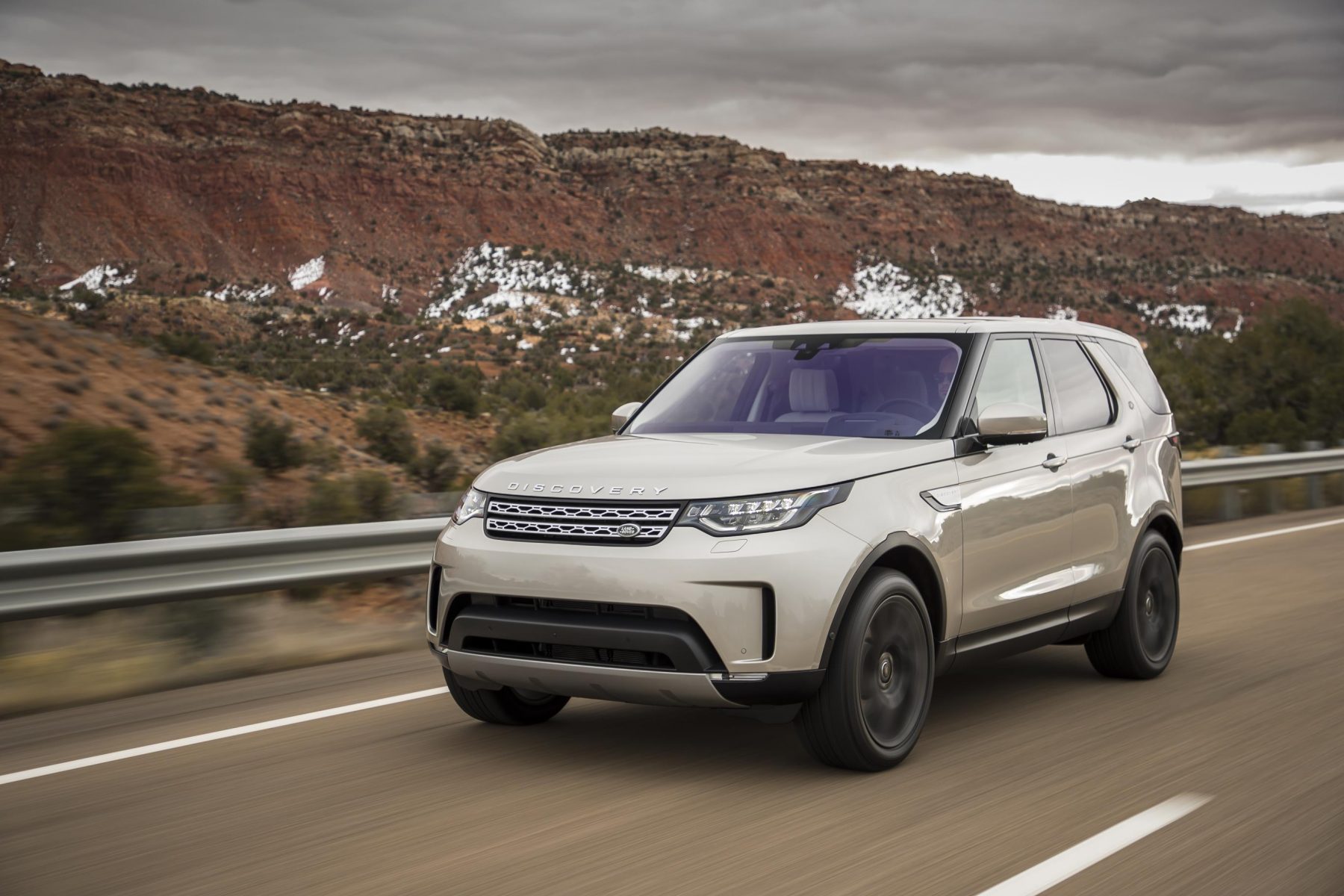
And finally, the unrivalled champion of practicality. The Discovery’s seven-seat boot capacity is unimpressive, but with almost endless seating configurations available you can find space for just about anything. Fold all the seats behind the driver down and you get that hugely impressive 2,406-litre capacity. Impressive.

